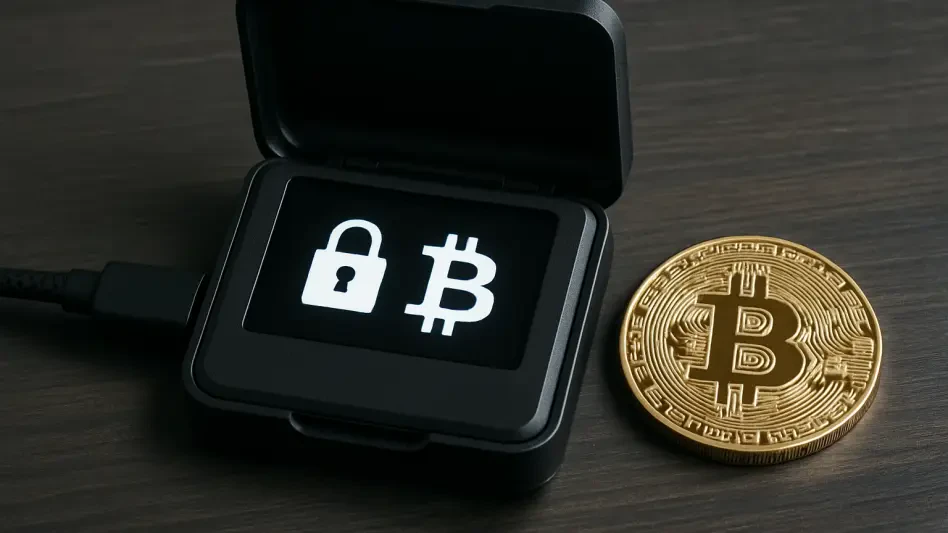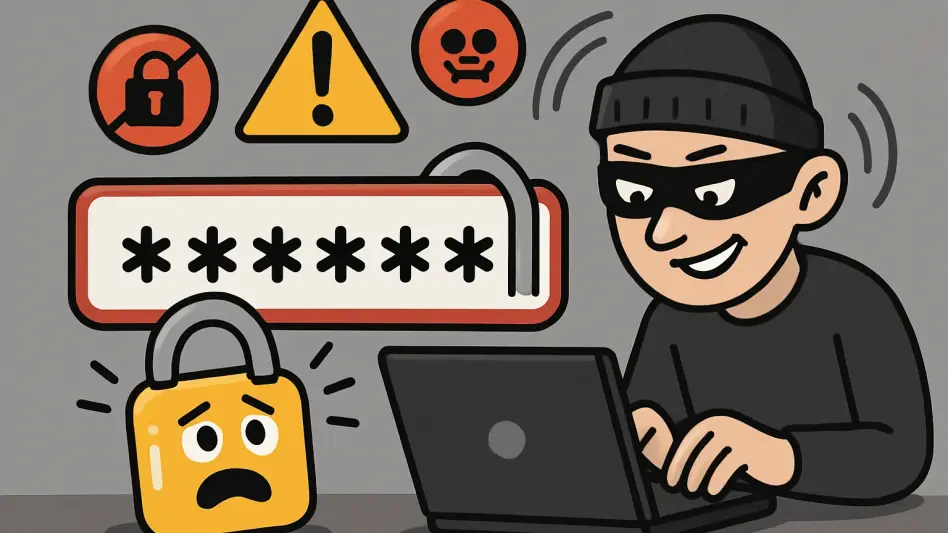In the ever-evolving landscape of cryptocurrency, where innovation often outpaces regulation, ensuring user security remains a paramount challenge for platforms striving to maintain trust and integrity in a highly volatile environment. A recent move by World Liberty Financial (WLFI), a prominent entity in the crypto space, has spotlighted this issue with its decision to blacklist 272 digital wallets as a protective measure. This action underscores the persistent threats like phishing and account compromises that plague the industry, raising questions about how platforms can balance user autonomy with necessary safeguards. By targeting only those wallets linked to malicious activities, WLFI aims to reassure its community that routine operations such as trading or holding assets face no disruption. This development not only highlights the ongoing battle against cyber threats but also sets a precedent for transparency and proactive intervention in a sector often criticized for opacity. As the crypto world watches, this step could shape future approaches to user protection.
Addressing Malicious Threats in the Crypto Space
The specifics of WLFI’s blacklisting reveal a targeted approach to tackling digital threats, with a significant portion of the 272 wallets tied to phishing schemes. Approximately 79% of these, totaling 215 wallets, were flagged for their involvement in deceptive practices aimed at stealing user funds. By intervening preemptively, WLFI has positioned itself as a guardian of sorts, working to prevent losses and, where possible, assist rightful owners in regaining access to their accounts. This move reflects a growing recognition within the industry that phishing attacks are not just isolated incidents but systemic risks requiring robust countermeasures. The platform’s emphasis on identifying and neutralizing such threats before they escalate demonstrates a commitment to user safety over mere reactive responses. Moreover, this action sends a clear message to potential bad actors that exploitative behaviors will face consequences, potentially deterring future attempts at fraud within the ecosystem.
Beyond phishing, the blacklisting also encompasses other security concerns, with 50 wallets blocked at the explicit request of their owners who reported potential compromises. This user-initiated action, facilitated through WLFI’s support channels, highlights the importance of responsive communication between platforms and their communities. An additional five wallets remain under scrutiny for high-risk activities, while one is being investigated for possible misappropriation of community funds. These varied reasons for blacklisting illustrate the multifaceted nature of risks in the crypto environment, where threats can range from external attacks to internal misuse. Importantly, WLFI has clarified that its focus remains solely on harmful behaviors, ensuring that regular users engaging in standard transactions are unaffected by these measures. Such transparency in delineating the scope of the blacklisting helps mitigate fears of overreach, fostering trust among users who might otherwise worry about arbitrary restrictions on their digital assets.
Commitment to Transparency and User Trust
Transparency forms the bedrock of WLFI’s strategy in handling this blacklisting initiative, as the platform has provided detailed reasoning for each category of affected wallets. Public updates on the process, including the breakdown of wallets linked to phishing or user-reported issues, aim to keep the community informed and engaged. This openness is critical in an industry where skepticism often runs high due to past instances of mismanagement or lack of accountability. By outlining the specific threats targeted and reassuring users that normal crypto activities remain uninterrupted, WLFI seeks to balance security with operational freedom. The platform’s proactive communication also serves as a model for how crypto entities can address user concerns head-on, potentially reducing panic or misinformation that could arise from such sweeping actions. This approach not only addresses immediate safety issues but also builds a foundation for long-term confidence in the platform’s governance.
Looking ahead, WLFI has laid out clear next steps to ensure the blacklisting process remains fair and effective, focusing on ongoing verification of wallet ownership and secure fund transfers. Once investigations into the flagged wallets conclude, public announcements will provide closure on each case, maintaining the transparency that has defined this initiative. Users who suspect their accounts may be compromised are encouraged to reach out through official help channels with relevant details to expedite recovery efforts. This call to action empowers the community to play an active role in their own security, reinforcing the collaborative nature of safety in the digital asset space. Reflecting on this decisive response, it’s evident that WLFI took measured steps to combat phishing and protect vulnerable accounts. The emphasis on detailed processes and user support through official avenues underscores a dedication to community welfare, setting a benchmark for how crypto platforms might navigate the delicate balance between stringent security and user autonomy in the face of evolving threats.








